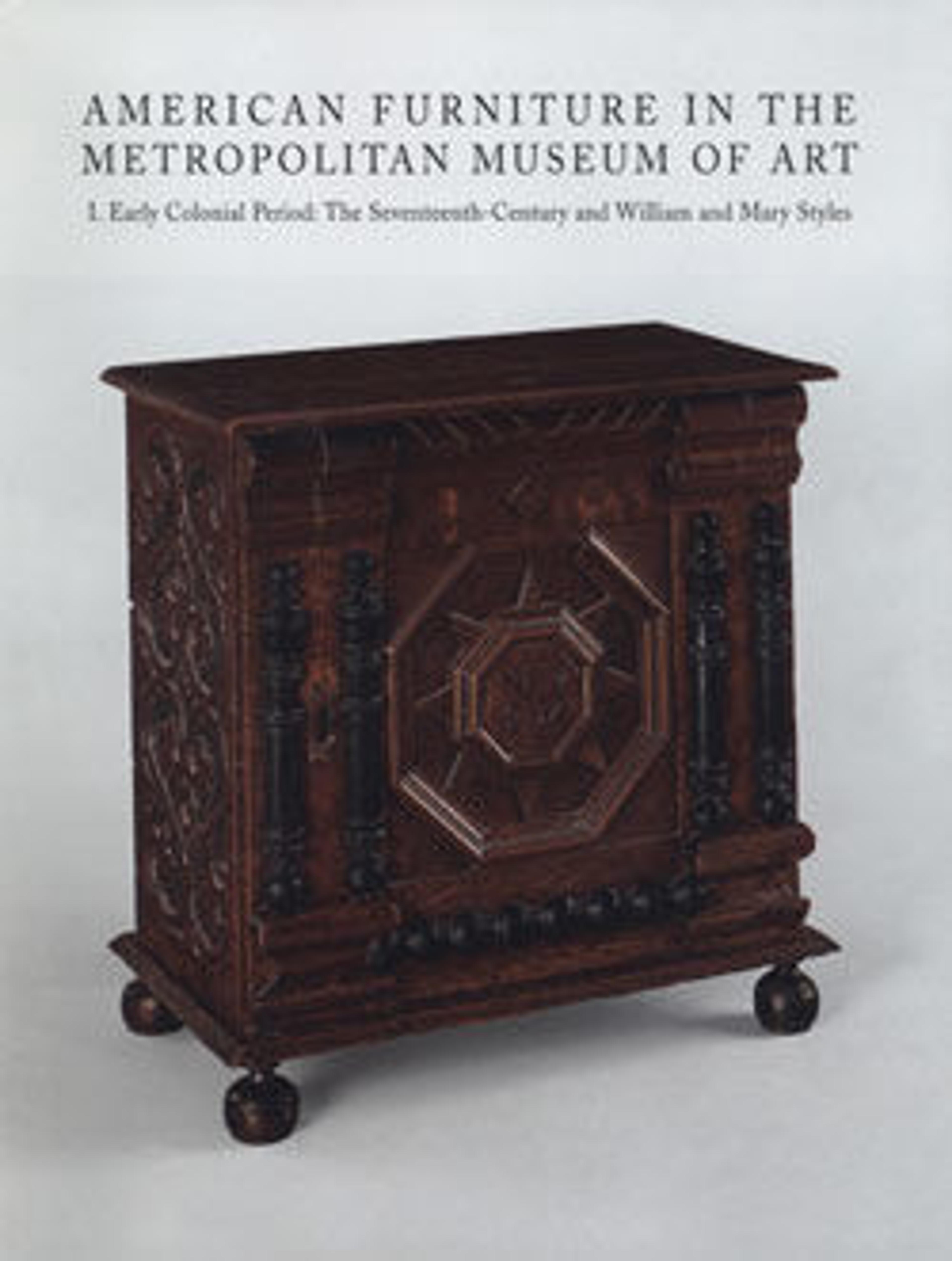High Chest of Drawers
The high chest of drawers was introduced to the colonies in the 1690s and became the primary form of case furniture in the William and Mary style. This imposing piece, with its bold, fluted pilasters on the front and sides and dramatic projections in the entablature at the top and mid-moldings, was strongly influenced by classical architecture as set forth in the books of Andrea Palladio (1508-1580) and introduced in England by the architect Inigo Jones (1573-1652). It may have belonged to Edward Holyoke (b. 1689), who served as president of Harvard College from 1737 to 1769.
Artwork Details
- Title:High Chest of Drawers
- Date:1715–30
- Geography:Made in Boston, Massachusetts, United States
- Culture:American
- Medium:Black walnut, white pine
- Dimensions:69 3/4 x 43 3/8 x 21 in. (177.2 x 110.1 x 53.3 cm)
- Credit Line:Gift of Clarence Dillon, 1975
- Object Number:1975.132.1a, b
- Curatorial Department: The American Wing
More Artwork
Research Resources
The Met provides unparalleled resources for research and welcomes an international community of students and scholars. The Met's Open Access API is where creators and researchers can connect to the The Met collection. Open Access data and public domain images are available for unrestricted commercial and noncommercial use without permission or fee.
To request images under copyright and other restrictions, please use this Image Request form.
Feedback
We continue to research and examine historical and cultural context for objects in The Met collection. If you have comments or questions about this object record, please contact us using the form below. The Museum looks forward to receiving your comments.
